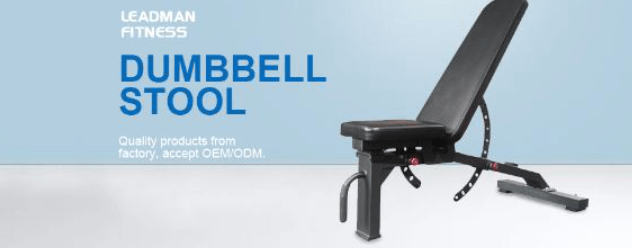Introduction
In this article, we delve into the fascinating world of dumbbell factories, exploring the market demand for these fitness products and the strategies employed in their production.
Our aim is to provide you with comprehensive insights of that outrank other websites and offer valuable information on this subject.
Understanding Market Demand for Dumbbells
Dumbbells, as simple as they may seem, play a crucial role in the fitness industry. The demand for dumbbells is driven by several factors, including the increasing popularity of home workouts, the rise of fitness enthusiasts, and the recognition of weight training’s benefits. By analyzing market trends, gym equipment suppliers and consumer preferences, we can gain a deeper understanding of the demand for dumbbells.
The Home Fitness Revolution
In recent years, there has been a significant shift towards home-based fitness activities. This shift has been further accelerated by the global pandemic, which limited access to gyms and fitness centers.
As a result, more individuals are investing in home gym equipment, including dumbbells, to maintain their fitness routines conveniently.
Growing Fitness Consciousness
The awareness of the importance of regular exercise and maintaining a healthy lifestyle has increased significantly. People are now prioritizing their physical well-being, leading to a surge in fitness enthusiasts.
Dumbbells, with their versatility and effectiveness, have become a staple in every fitness enthusiast’s equipment arsenal.
Benefits of Weight Training
Weight training offers a wide range of benefits, such as building muscle strength, improving bone density, and boosting overall health.
Dumbbells provide an accessible and cost-effective means of incorporating weight training into one’s fitness regimen. As more individuals recognize these benefits, the demand for dumbbells continues to rise.
Production Strategies for Dumbbell Factories
To meet the growing demand for dumbbells, factories employ various production strategies. These strategies ensure efficient manufacturing processes, high product quality, and timely delivery to meet customer expectations.
Automated Production Systems
Dumbbell factories leverage advanced technologies and automated production systems to streamline their manufacturing processes.
By integrating robotics and smart machinery, they can enhance productivity and minimize production time. This automation allows for consistent quality control and increased output to meet market demands effectively.
Material Selection and Design
Careful consideration is given to the selection of materials and the design of dumbbells. High-quality materials, such as cast iron or rubber coating, are chosen to ensure durability and longevity. Additionally, ergonomic designs are implemented to provide users with a comfortable and secure grip during workouts.
Supply Chain Management
Efficient supply chain management is vital in meeting customer demands and minimizing lead times. Dumbbell factory works closely with suppliers to ensure a steady supply of raw materials, reducing the risk of production delays.
Furthermore, they establish robust logistics networks to facilitate the timely delivery and distribution of their products to retailers and customers worldwide.
Conclusion
Dumbbell factories operate in a dynamic market where the demand for fitness equipment continues to grow.
By understanding the market demand for dumbbells and implementing effective production strategies, factories can meet the needs of consumers while maintaining a competitive edge. We hope this article has provided you with valuable insights into the economics of dumbbell factories.
